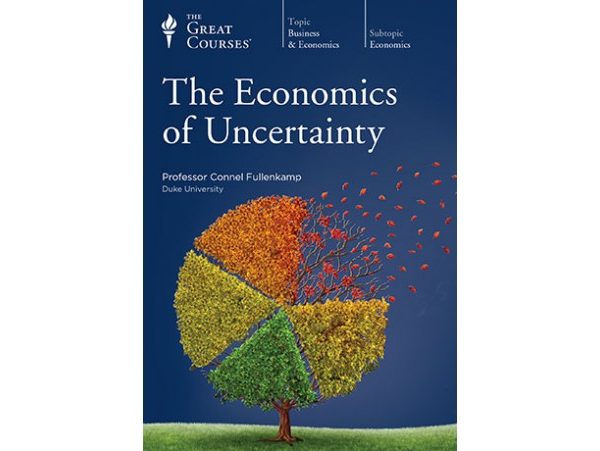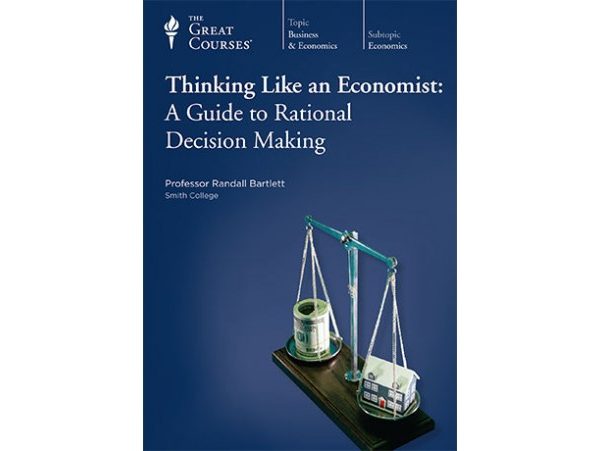Published 9/2024
MP4 | Video: h264, 1280×720 | Audio: AAC, 44.1 KHz, 2 Ch
Language: English | Duration: 43m | Size: 556 MB
principles of microeconomics
What you’ll learn
Introduction to Economics
Supply and Demand
Elasticity and its Applications
Markets and Maximizing Individual Behavior
Requirements
No prerequisites
Description
Microeconomics is the branch of economics that studies how individuals, households, and firms make decisions to allocate limited resources. The course covers fundamental concepts such as supply and demand, price determination, consumer behavior, production and cost theory, market structures (like perfect competition, monopoly, and oligopoly), and the role of government in regulating markets. Students will learn how markets function, how prices and outputs are determined, and the factors that affect economic decision-making. Additionally, the course may include topics like externalities, public goods, and the impact of taxes and subsidiesTable of content Unit 1: Introduction to economics • Unit 2: Supply and Demand • Unit 3: Elasticity and its Applications • Unit 4: Markets and Individual Maximizing Behavior • Unit 5: Introduction to Consumer Choice • Unit 6: The Producer • Unit 7: Market Structure: Competitive and Non Competitive Markets • Unit 8: The Role of the Government in a Market Economy1. Unit 1: Introduction to Economics• This unit introduces fundamental concepts of economics, including scarcity, choice, andopportunity cost. It covers how individuals, businesses, and governments make decisionswhen resources are limited, and distinguishes between microeconomics andmacroeconomics.2. Unit 2: Supply and Demand• This unit explains the basic forces of supply and demand that determine prices in amarket. You’ll learn about how market equilibrium is reached when supply meetsdemand, and what happens when there are shifts in supply or demand due to variousfactors.3. Unit 3: Elasticity and its Applications• Elasticity measures how responsive quantity demanded or supplied is to changes in price,income, or other variables. This unit focuses on price elasticity of demand, price elasticityof supply, income elasticity, and their applications in real-world scenarios.4. Unit 4: Markets and Individual Maximizing Behavior• This unit explores how individuals and firms maximize their utility (for consumers) orprofit (for producers) given constraints such as budget and resources. It looks at decisionmaking processes in various types of markets.5. Unit 5: Introduction to Consumer Choice• Here, you’ll delve into the theory of consumer behavior, examining how consumers makechoices based on preferences, budget constraints, and utility maximization. This unit often introduces indifference curves and budget lines as key concepts.6. Unit 6: The Producer• This unit focuses on the production side of the economy, explaining how firms decidewhat to produce, how to produce, and how much to produce. Concepts like costs,revenues, and the theory of the firm are covered.7. Unit 7: Market Structure: Competitive and Non-Competitive Markets• This unit explains different market structures, such as perfect competition, monopoly,monopolistic competition, and oligopoly. It analyzes how the structure of a market affectsthe behavior of firms and their pricing strategies.8. Unit 8: The Role of the Government in a Market Economy• The final unit examines how and why governments intervene in markets, addressingissues like externalities, public goods, taxation, and regulation. It also discusses thebalance between efficiency and equity in economic policy.Each unit builds on the previous one to create a comprehensive understanding of how economies function at both individual and firm levels, as well as at the broader societal level
Who this course is for
College and University Students
Business Professionals
Entrepreneurs and Small Business Owners
Policy Makers and Government Employees
Economics Enthusiast
Homepage
https://www.udemy.com/course/microeconomics-the-engine-of-everyday-decisions/










